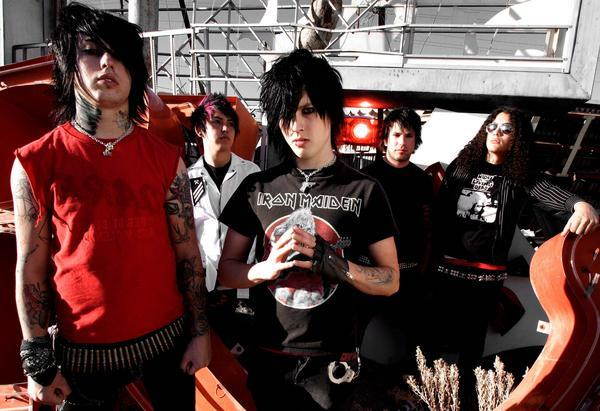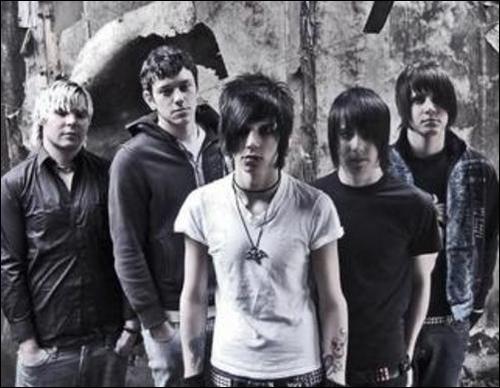
Bone marrow transplants for dogs are way of repaying favor
The bone marrow, or stem cell, transplant, a procedure that every year saves tens of thousands of lives and won for the Seattle physician who pioneered it the 1990 Nobel Prize in Medicine, appears poised to come full circle and finally become more widely available to those who first made it all possible.
Dogs.
"They helped us figure out how to help save ourselves, and so this represents a big give-back to the canine species," said Dr. Jeffrey Bryan, a veterinary oncologist at Washington State University.
Bryan is spearheading a project to soon launch what would be the world's first large-scale clinical transplant program for dogs. The program is expected to become available to treat dogs with lymphoma sometime this summer.
Bone marrow transplants had been done experimentally in dogs over the decades, Bryan said, and clinically for a few dogs by some pioneering private practice veterinarians. But the procedure has never before been routinely offered as a cancer therapy for the canine community, he said.
"We are looking at this as an option for dealing with one of the most common cancers in dogs," Bryan said. "There are tens of thousands of dogs diagnosed with lymphoma every year. At WSU, we get five or six calls a week."
The WSU transplant program, which will be a partnership with a private business based in North Carolina, is intended to make the procedures available to pet owners for about $15,000 to $20,000 per dog. That's pricey, Bryan acknowledged, but there appears to be enough demand among pet owners to support the program.
"We could never have done this in the first place without dogs," said Dr. Rainer Storb, head of transplant biology at the Fred Hutchinson Cancer Research Center and one of the original members of the team of Seattle scientists led by Nobel Laureate Dr. E. Donnall Thomas that worked to perfect the procedure in humans during the 1960s and '70s.
It's not just that the scientists happened to work with dogs when the research started, Storb said. Dogs -- unlike mice or monkeys or any other animals in research -- turned out to be uniquely qualified to serve as animal models for the experimental human bone marrow transplant, he said, in part because of their broad genetic diversity.
"It is the only species other than humans that has such a large spectrum of genetic diversity," Storb said. Just consider the difference between a dachshund and a Great Dane, he said, and you get the picture. "They also suffer many of the same diseases as humans."
By 1965, when Storb moved from Europe to Seattle to work with Thomas and his team, most researchers had concluded that bone marrow transplantation would never work. All of the earlier experimental attempts had failed miserably in people, usually because of immune system rejection. But the Seattle team stubbornly believed it could be done and, working with veterinarians, recruited dog owners to help advance the science.
"The funniest one I remember was Richard, a very old Chihuahua with no teeth," Storb said. He said the dog was constantly fainting in the lab and they eventually determined he didn't actually have cancer but rather severe anemia. They gave the owner anemia drugs to treat Richard and sent him home.
Another time, a friend of Thomas brought in his energetic German shorthaired pointer, which had lymphoma. The dog escaped the lab and the scientists spent hours searching the neighborhood before finding him. Storb recalled many other dogs he met while trying to perfect the transplant procedure. Many died anyway, of course, but man's best friends eventually revealed to the scientists how to make it work.
The first clue dogs gave for making transplantation work was identifying that a close tissue match between the marrow donor and the patient was critical, Storb said.
"This was not the case in mice," he said. "We only discovered this because of the dogs. And they also showed us it wasn't the entire solution."
Research in dogs helped the Seattle scientists figure out how to reduce the risk of immune system rejection and led to the first successful human bone marrow transplants. Storb continues to work with dogs and is now doing studies, all of them nonlethal, aimed at eliminating the need for radiation and toxic chemotherapy altogether.
"Dogs are still important to this science," Storb said.
"So it's only fair that we now make this as widely available as a treatment option for them as well," said Dr. Edmund Sullivan, a Bellingham veterinarian uniformly credited with doing one of the first nonexperimental marrow transplants for a dog in this region -- in 2004 on a golden retriever named Comet who had T-cell lymphoma.
Comet was successfully treated for the lymphoma, and enjoyed years more of life, but died last month at age 10 from a different cancer, said his owner, Darrell Hallett, a Seattle attorney.
Sullivan has since done transplants for five other dogs, some brought to Bellingham from as far away as Dallas and New York City. The Bellingham vet, who charges between $25,000 to $35,000 for the procedure, has been able to pioneer the transplant here by working with Storb and also using WSU's radiation equipment.
But once WSU launches its own transplant program, Sullivan has been told he will no longer be allowed to use the university's radiation equipment to do the procedures at his Bellingham clinic.
"Ed deserves a lot of credit for pushing this forward," Bryan said. But in order for the transplants to be done at the highest quality and become fully incorporated as a standard of care within veterinary medicine, the WSU oncologist said, the entire procedure needs to be comprehensively managed within an institutionalized program.
Sullivan agrees with the need for an institutionalized program, but said he sees no reason why he can't also continue to do the transplants, given his successful track record. The Bellingham vet said he suspects there are "turf" or business concerns playing into this and plans to continue to press WSU to allow him access to the radiation equipment.
"I mean, I helped get this whole thing going, starting with Comet," Sullivan said.
However this professional dispute plays out, it appears that bone marrow transplantation will soon become an option for the species that allowed scientists to develop one of the most powerful and innovative anti-cancer therapies out there.
Good dogs.























No comments:
Post a Comment